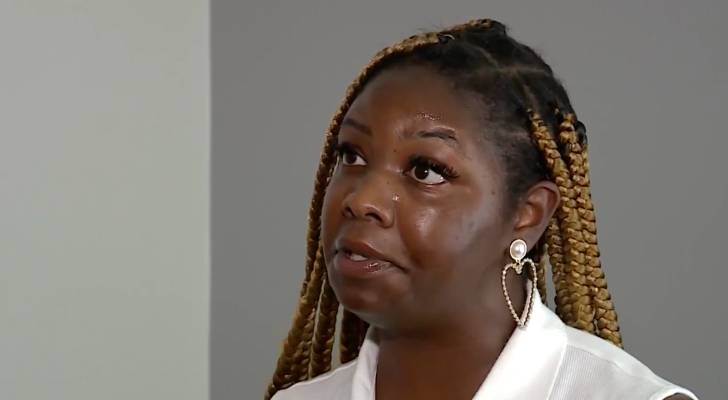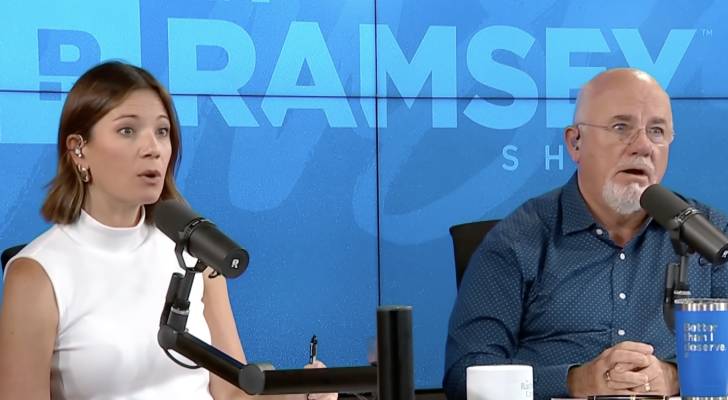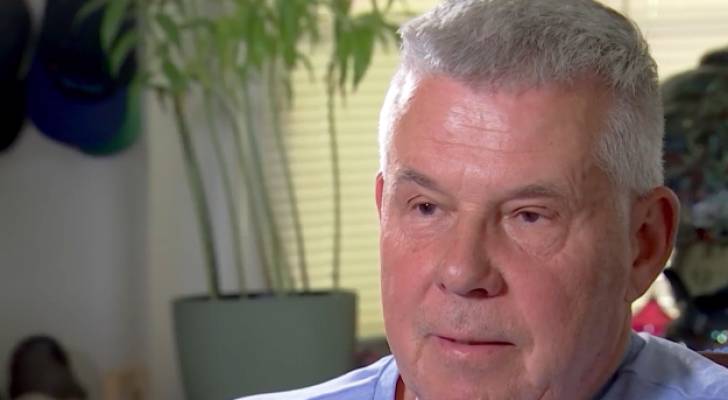Memphis mom says she had to flee her apartment after the landlord did nothing about her broken A/C for weeks — leaving her bouncing between crashing with family and renting hotel rooms


Memphis can be downright steamy. The average high in June is 89°F, climbing to 92°F in July. In these conditions, air conditioning isn’t just a luxury, it’s a necessity. And not having it could render a home uninhabitable. In the midst of such heat, one Memphis mother and her four-year-old son have been waiting weeks […]
I’m 68 and retiring in June after 19 years at my company — should I give many months of notice or just 4-to-6 weeks to avoid a last-minute ‘grunt work’ dump?


Mildred has worked as a manufacturing engineer at an auto parts company for the past 19 years. Over time, Mildred has become indispensable to her company. She possesses in-depth knowledge of several of the company’s manufacturing processes that few others have. She loves her job, her coworkers and her manager, but she’s worried about remaining […]
I’m 69 with $300K in savings but I’ve got a $250K reverse mortgage causing me serious stress. Should I just use most of my savings to pay it off ASAP and aim to survive on Social Security?


Imagine this scenario: Samantha is retired at 69, but a few years back she took out a reverse mortgage. Now, she’d like to be done with it, especially since the loan comes with a hefty interest rate of 6.75%. She currently has about $375,000 in home equity while her reverse mortgage loan is close to […]
‘Too old to be having these problems’: Cincinnati mom left ‘confused’ after partner walked out on her when they found out she was pregnant — so Dave Ramsey helped her build a ‘baby budget’


Johi called into the The Ramsey Show from Cincinnati, reeling from a week in which her boyfriend of 14 years deserted her — right after she discovered she was pregnant with their second child. “He was just not ready to take on that responsibility, so he left,” she said. They already have a 12-year-old child […]
Americans of all ages are suddenly cooling on Florida — and this 1 hot spot has been hit the hardest. 3 reasons this once trendy city is seeing ‘the biggest slowdown’ in new residents


Florida has long been a magnet for Americans looking for a better life. Low taxes, affordable housing, a low cost of living and pleasant winter weather have made it a popular move — and not just for retirees. Young people seeking economic opportunities have come in search of jobs in technology, health care and tourism […]
‘I’m Daisy from Apple’: This Philadelphia man lost over $1,000,000 in 2 back-to-back scams — plus red flags to watch for next time you call a business for help


Joe Subach was just trying to send some money to a friend. But one phone call later, with a woman named ‘Daisy,’ and his financial situation was forever changed. Subach was the victim of two back-to-back scams — one that even involved him handing over his precious metals to money mules — that drained him […]
‘We’re looking at a slowdown’: 3 warning signs point to a U.S. recession. Find out what the indicators are and how to protect your finances in the months ahead


The U.S. is not in a recession — yet. But with policy uncertaintly around tariffs, mass deportations and Department of Government Efficiency (DOGE) cuts, some economic observers believe the odds are rising. “We’ve got a real uncertainty problem, it’s going to be hard to fix that,” former Treasury Secretary Lawrence Summers said in an interview […]
This Florida family was left with staggering $700,000 in flood damage after Costco fridge installation turned into nightmare — why ‘free’ service often costs far more than you think


What should have been a straightforward home upgrade has turned into an ongoing nightmare for one family in Jacksonville, Florida. The problem started back in November, when Bradley Byrd purchased a $3,500 fridge from Costco. The fridge came with a free appliance installation service, but this “free” service didn’t exactly turn out to be without […]
My husband and I, both 68, just retired, and all our friends are downsizing their homes. Our condo suddenly feels too small for our hobbies and grandkids — is it crazy to upsize instead?


Janelle and her husband, both 68, recently retired and are ready to make the most of their golden years. They own a condo, which originally they thought would be ideal for retirement. But now, with an active lifestyle — and more time spent babysitting their grandkids — they’re wondering if it actually makes sense to […]
This 19-year-old Florida entrepreneur has created a portable energy storage unit for hurricane season — plus how to protect yourself from unexpected property damage
After dealing with power outages in his home state of Florida during last year’s hurricane season, Noah Bild knew it was time to take action. “We’re close to the water,” Bild told Fox 13 News Tampa Bay. “A lot of our neighbors’ power went out. Our power went out.” Don’t miss I’m 49 years old […]
